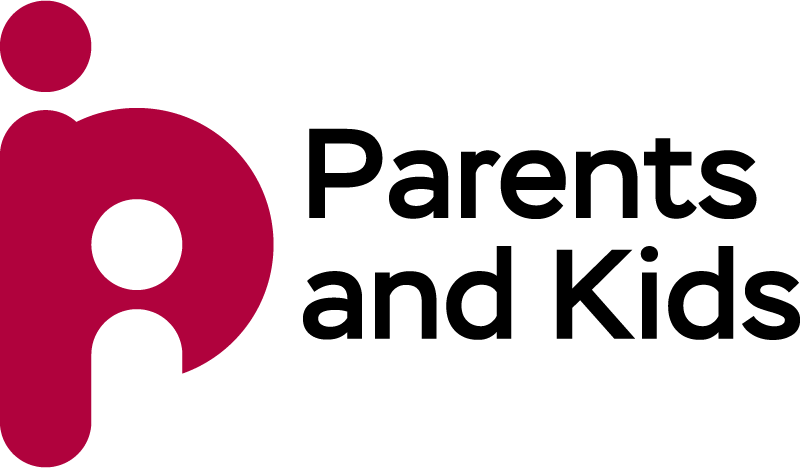By Breana Jamison and Liza Bondurant
Although diversity, equality, and inclusion may appear to be targeted at specific groups, DEI initiatives actually help people from all backgrounds, including white people.
Conservatives, including President Donald Trump, have increasingly criticized such programs as discriminatory on the grounds that they only benefit students of color and LGBTQ+ individuals.
Most recently, on January 20, Trump signed an executive order instructing federal agencies, including the Department of Education, to stop funding DEI programs and employment.According to the ruling, they are radical, wasteful, and engage in unlawful and immoral discrimination.
The Department of Education has eliminated any initiative and even any document or material that mentioned diversity, equity, or inclusion, and universities have started to discontinue or rebrand their DEI programs. The effects of this broad order have been profound throughout the U.S. government, private sector, and education in particular.
As education experts who have researched DEI programs in higher education, we think these attacks reflect a misunderstanding of the populations that DEI programs in higher education truly assist. In actuality, regardless of race or ethnicity, DEI policies support a diverse spectrum of individuals in gaining access to and succeeding in higher education.
Breaking down DEI funding by race
Determining the precise proportions of federal DEI funding allotted to student groups by race and ethnicity is difficult. Data that is accessible to the general public is scarce.
In general, most members of most racial and ethnic groups receive federal support of some type, some of which is related to DEI programs. According to a 2023 report from the National Center for Education Statistics, based on data from the 2019–20 academic year, that comprises 81% of Black students, 74% of American Indian/Alaska Native students, 72% of Hispanic or Latino students, 70% of white students, and 66% of Asian American students.
Whether those grants were specifically allocated for DEI programs is not clear from the center’s statistics. Pell Grants, for instance, are need-based but not specifically DEI.
However, DEI efforts cover a wide range of programs that serve a number of underrepresented populations, such as students with disabilities and first-generation college students. Veterans and women also benefit from them. There are always a large number of white kids in each of these groupings.
First-generation students
The majority of colleges allocate a percentage of their DEI funds to initiatives that help first-generation students—those whose parents did not complete college—succeed.
By tackling their particular difficulties, such as financial limitations, cultural adaptations, and lack of experience in college settings, DEI programs improve the academic performance of first-generation students. They accomplish this through mentorship opportunities, inclusive learning communities, and customized support programs.
First-generation students are more prone to adopt what psychologists refer to as performance avoidance objectives, such as the fear of appearing incompetent, according to research. This might impair their academic progress since they play it safe and don’t push too hard. However, DEI initiatives like faculty involvement programs and academic and socially supportive dorm communities contribute to the development of supportive settings that lessen those difficulties.
56% of college students are first-generation college attendees, according to national data.More white students than any other race make up 46% of that group.
Students with disabilities
The largest minority population in America is made up of people with disabilities, who also make up an increasing percentage of college students.
Given that 20.5% of undergraduate students report having a handicap, disability access is an essential but sometimes disregarded part of DEI initiatives. Disability services, which guarantee that students receive suitable testing accommodations like extra exam time, classroom assistance, and access to assistive technology, are one way that many schools address issue.
Access for all people, regardless of ability, is guaranteed by universally accepted accommodations for those with physical and sensory impairments. In order to guarantee that students with disabilities have equal opportunities to succeed, DEI initiatives—especially those that concentrate on accessibility and support services—are essential.
Since people of all genders, races, and socioeconomic backgrounds are impacted by impairments, the elimination of DEI programs that assist them harms all groups, including white people, who accounted for 21.1% of all undergraduate students with disabilities during the 2019–20 academic year.
Because public providers have historically failed to provide equitable opportunities for all, we think it is especially important to subsidize programs that include kids with disabilities.
Prior to the enactment of important laws like the Americans with Disabilities Act of 1990 and the Rehabilitation Act of 1973, children with disabilities were frequently denied access to mainstream classrooms or received insufficient assistance. Accessibility gaps still exist today as a result of uneven execution of such rules even after they were passed.
Women and veterans
DEI initiatives also target women and veterans in addition to those two groups.
They support equity for women, who comprise over half of college students, in male-dominated fields like science, technology, engineering, and math, as well as leadership positions in academia, government, and the commercial sector.
DEI programs offer veterans specialized resources that acknowledge the particular difficulties some of them encounter in higher education, such as career transition support, mental health services, and academic support.
Trump’s DEI purge has also affected the GI Bill, which offers financial aid to veterans who are pursuing higher education. The Department of Veterans Affairs has recently attempted to offer focused support to veterans of varied backgrounds, despite the fact that it was not created in 1944 as a DEI effort and has frequently failed to secure equitable access for Black veterans. Trump’s order terminated those initiatives.
Veterans only make up 6% of undergraduate students, but they are mostly white (approximately 60%), followed by Black (16%), Hispanic (14%), and Asian (3%).
Close to home
Since 2021, the Education Department has awarded more than $1 billion in grants to DEI initiatives, which have helped those organizations and others.
Because diversity is so much more than race, DEI programs are designed to help a wide spectrum of individuals who have historically been underrepresented or unsupported at institutions.
The termination of these kinds of projects is personal to us both. Both of us—one Black and one White—have profited from DEI programs that target women and first-generation college students.
Additionally, both of us have family members who are disabled or veterans who have benefited greatly from financial aid and other resources that allowed them to attend college.
Even if they are unaware of it, the majority of American families can share a similar tale of how diversity, equity, and inclusion initiatives enabled them to fulfill the American dream.
According to Trump’s order, DEI programs are unlawful and unethical forms of discrimination, and Americans should have a government that is dedicated to treating all citizens with respect and dignity.
The commands are more likely to have the opposite impact, in our opinion.
Breana Jamison is a special education instructor at Mississippi State University, and Liza Bondurant is an associate professor of secondary math education.










